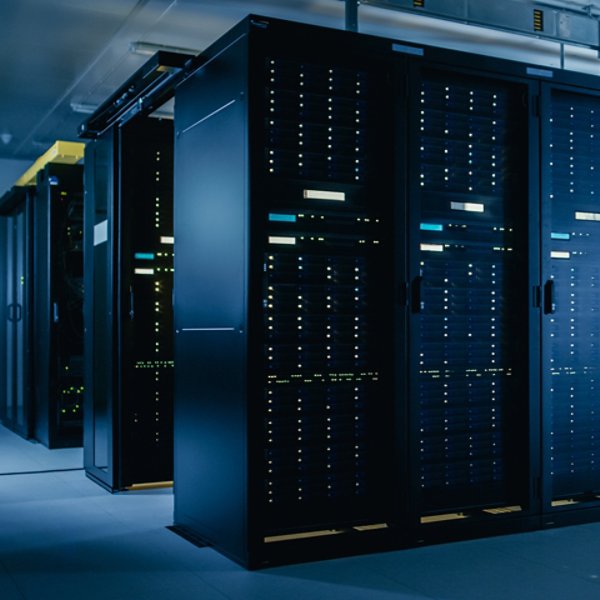Reducing operational inefficiencies in manufacturing
Challenge
Manufacturers experience an average of 800 hours of equipment downtime each year.4 To put this into perspective, auto manufacturers can lose an average of US $22,000 per minute when production stops.5
Why distributed cloud at the edge?
To alleviate the costs of downtime and power new, innovative solutions such as digital twins, computer vision for anomaly detection, and augmented reality (AR) for maintenance and repair, manufacturing companies can deploy clusters at the edge. The clusters can be managed through a distributed cloud.
AR technology can increase the speed and quality of service activities, reducing service time and improving work quality. Security can also be improved through edge deployments, as video systems can be used to identify and mitigate security hazards while reducing human error.
Manufacturers can also explore options to build data pipelines to analytics platforms or business intelligence services, which can extract operational insights to improve production performance.
Hockey-stick growth curve
I believe the future of distributed cloud is bright as the demand for multicloud environments and edge computing continues to grow with a hockey-stick curve. Consider that by 2025, individuals and companies worldwide will produce an estimated 463 exabytes of data each day, compared with fewer than three exabytes a decade ago.6
The data will likely be ingested, consolidated, processed and acted on outside the datacenter. This transition from the datacenter creates an opportunity for distributed cloud to become the de facto and future-proof solution to address the data explosion, especially as hyperscalers continue to improve their data fabric and unified data management solutions.
Edgar Haren is a Senior Lead Offering Manager for Kyndryl.



